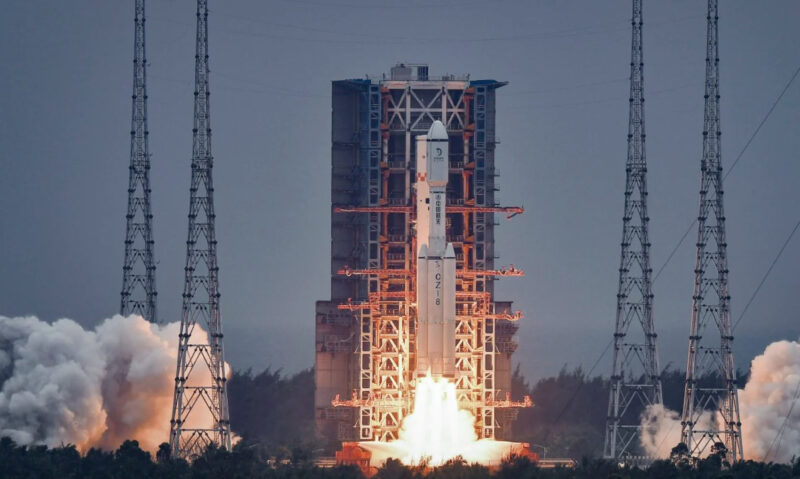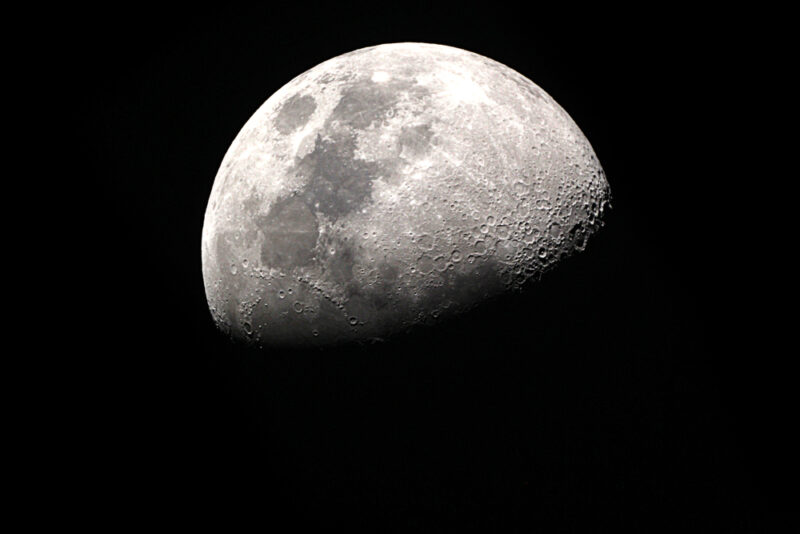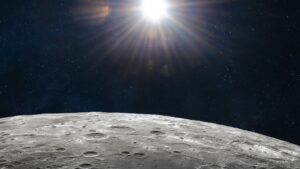At a symposium last week, several astronomers called to preserve the far side of the Moon from radio waves, creating a kind of zone of electromagnetic silence. Upcoming missions to the Moon’s south pole could disrupt that zone.
The concerned astronomers created a committee dedicated to maintaining the pristine nature of the far side of the moon. The environment is completely free from electromagnetic pollution, which is incredibly interesting to scientists.

The crew for NASA’s Artemis II mission, expected to launch in September 2025. Photo: NASA
Some regulations already try to maintain the moon’s shielded zone. But with plans to create a permanent base on the moon, astronomers worry that existing restrictions are no longer enough. The equipment and technology that come with lunar missions, all emitting radio waves, will impact this quiet space.
Because the dark side of the moon is free from human-made frequencies, it would be the perfect place to install a radio telescope. It would be close to Earth but lack the interference of such telescopes on Earth or in orbit.

This week China launched Queqiao-2, a relay communication satellite to act between Earth and an upcoming mission to the far side of the Moon. Photo: SCMP/Xinhua
A lunar Antarctic Treaty needed
“We need to preserve the far side for exciting science that includes measuring magnetic fields associated with potentially habitable exoplanets and uncovering the mysteries of the unexplored Dark Ages of the early universe, using low radio frequency observations,” astrophysicist Jack Burns told Space.com.
Another concern is the lack of guidelines about ownership. There are no rules about who can land where or claim ownership of an area on the Moon. This initiative is the first step to creating a lunar Antarctic Treaty, where that part of the Moon is preserved for science rather than commercial or nationalistic interests.
“My concern is that lunar projects are rapidly developing and are not coordinated,” said British-American astrophysicist Joseph Silk. “We are at risk of a Wild West scenario due to the rivalries between competing space agencies and commercial interests. The number of desirable lunar sites is limited. The last major outer space treaty dates to 1967 and has no means of enforcement. A new International space treaty is urgently needed.”






